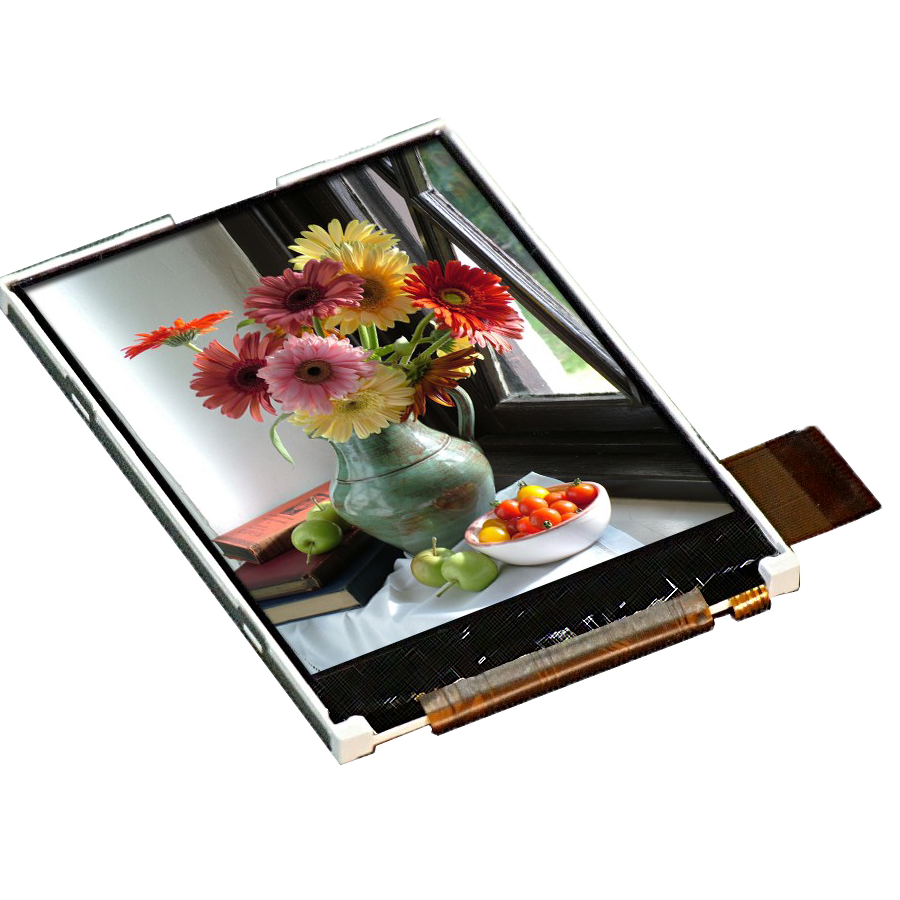
Introduction:
In the realm of modern technology, where visual experiences dominate our daily lives, TFT (Thin-Film Transistor) displays stand tall as one of the cornerstones of visual excellence. From smartphones and tablets to computer monitors and smart TVs, TFT displays have become an integral part of our digital landscape. In this blog post, we’ll take a closer look at TFT displays, exploring their technology, applications, advantages, and what makes them a ubiquitous choice in the world of electronic visual displays.
Understanding TFT Displays:
TFT displays are a type of liquid crystal display (LCD) that use thin-film transistors to control each pixel’s individual brightness. Unlike traditional LCDs, where a single transistor controls an entire row or column of pixels, TFT technology allows for precise control over each pixel, resulting in superior image quality, faster refresh rates, and better color accuracy.
Key Components:
- Thin-Film Transistors (TFTs): The heart of TFT displays lies in the thin-film transistors, which are integrated onto the glass substrate of the display. These transistors act as individual switches for each pixel, allowing precise control over the amount of light that passes through.
- Liquid Crystals: TFT displays use liquid crystals to modulate the passage of light. These liquid crystals twist and align in response to an electric current, controlling the amount of light that reaches the screen. This mechanism enables TFT displays to produce vibrant and detailed images.
- Backlighting: Most TFT displays use a backlight to illuminate the liquid crystals. This can be achieved through various technologies such as LED (Light Emitting Diode) backlighting, providing brightness and clarity to the visuals.
Applications of TFT Displays:
- Smartphones and Tablets: TFT displays have become the standard for handheld devices, offering high-resolution screens with vibrant colors and wide viewing angles. The responsive touchscreens found in smartphones and tablets often use TFT technology.
- Computer Monitors: TFT displays are widely used in computer monitors, providing sharp text and vivid graphics. The ability to display a wide range of colors makes TFT monitors suitable for various applications, including graphic design and gaming.
- Television Screens: Many modern flat-screen TVs utilize TFT technology for their displays. This ensures excellent picture quality, fast response times, and the ability to handle high-definition content.
Advantages of TFT Displays:
- Color Accuracy: TFT displays offer superior color accuracy, making them suitable for applications where color reproduction is crucial, such as photo and video editing.
- Fast Response Times: The individual pixel control provided by TFT technology results in faster response times, reducing motion blur in fast-paced video content and gaming.
- Wide Viewing Angles: TFT displays typically have wide viewing angles, ensuring that the screen’s content remains visible and clear from various perspectives.
- High Resolution: TFT displays support high resolutions, contributing to sharp and detailed visuals.
Conclusion:
TFT displays have revolutionized the way we interact with digital content, providing a visual experience that is both immersive and accurate. From the palm of our hands to the centerpiece of our living rooms, TFT displays have earned their place as a fundamental technology in the world of electronic displays. As technology continues to advance, we can expect further innovations in TFT technology, pushing the boundaries of visual excellence in the digital landscape.
Since our inception in 1990, Microtips https://microtipsusa.com/ has become one of the leading LCD manufacturers in the industry. Our product offering has grown from monochrome displays to a full line of Color TFT Displays, ranging from 1 inch up to 25 inches. We also specialize in customizations. We can take your standard display and support any value-added services you need.
